The AWS European Sovereign Cloud is maybe the most interesting developments of the current cloud computing era; having AWS create a dedicated branch for european workloads is the next big move. But, how do you run a static website without using US vendors at all?
When thinking about serving static websites, there is way more involved than just the plain HTML files and a web server. This guide will cover:
- Registering a domain,
- Managing DNS configuration,
- Hosting a source code
git repository,
- Automated deployments on new commits, and
- Static Hosting of the built website.
All of this using only european services. Besides registering the domains, all services can be used for free on personal projects.
Registering a Domain
For registering domain names, managing name servers, and contact information, I can highly recommend EuroDNS from Luxembourg. They have reasonable prices and are doing a great job for over a decade now.
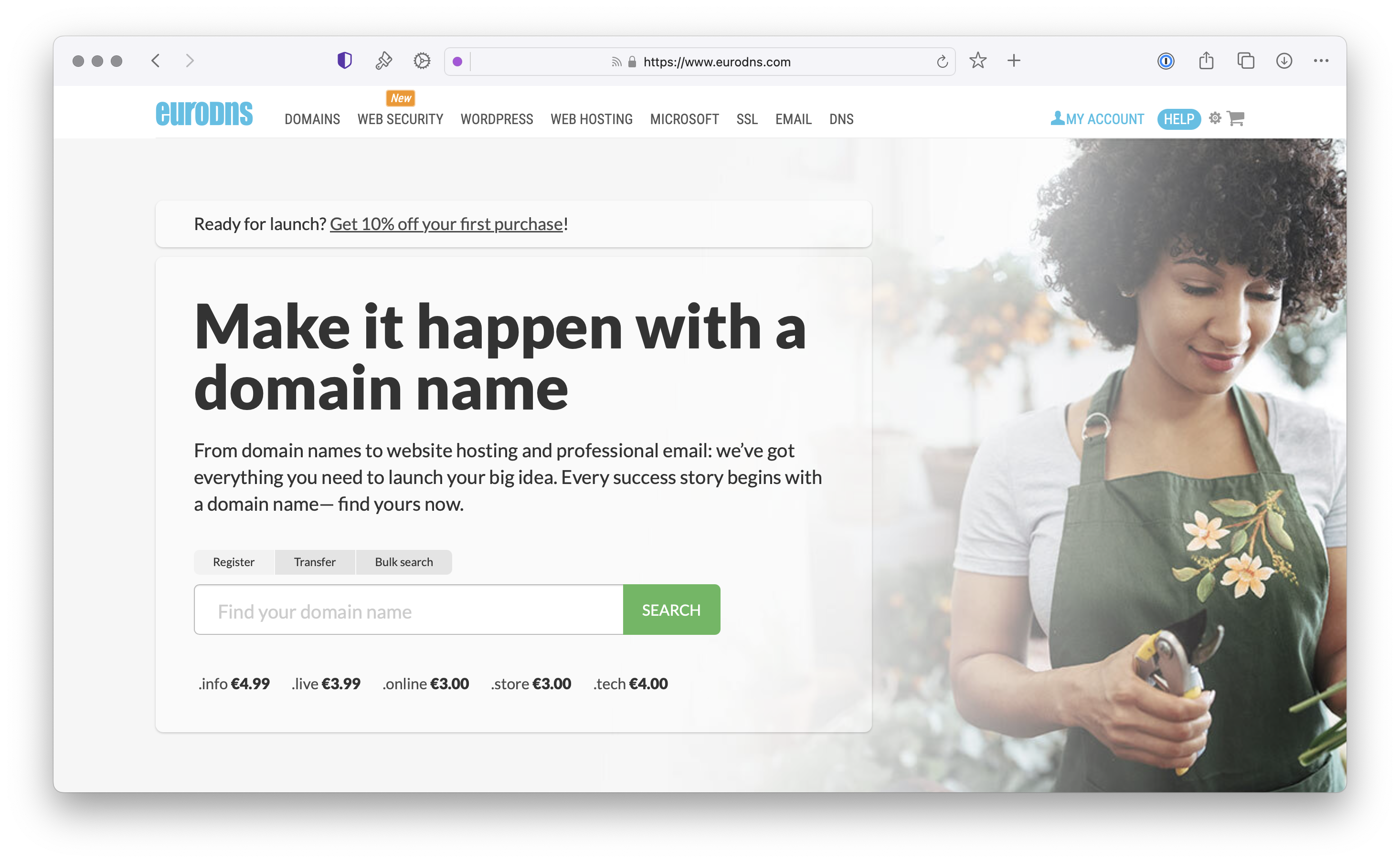
Managing DNS
Depending on your needs for DNS hosting, I can recommend going with deSEC e.V., a charitable organization in Germany that offers free DNS hosting, or nanelo if you are up to pay for DNS services.
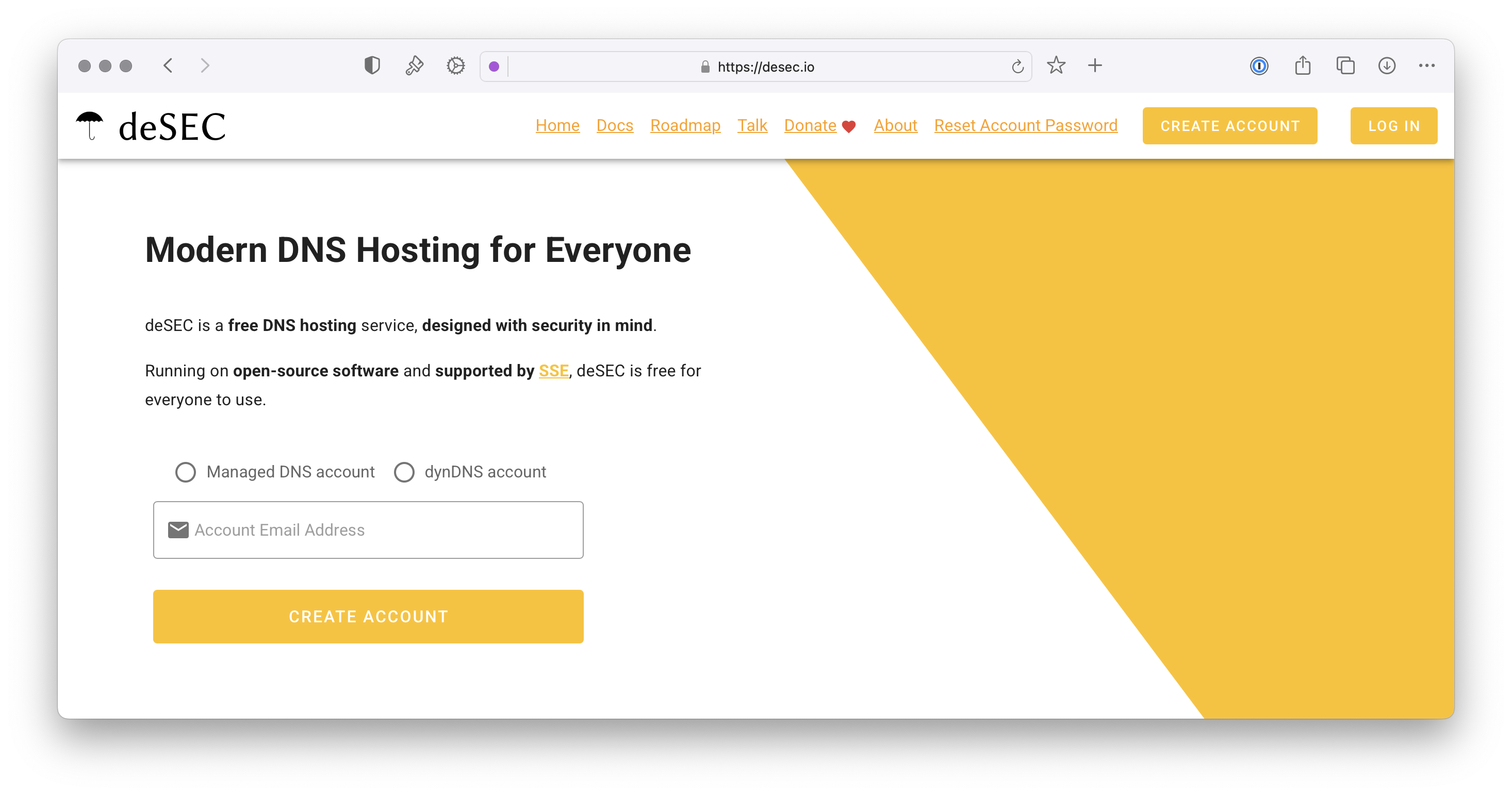
GIT Repository
For the example of sbstjn.de, I use Codeberg for hosting the git repository. Codeberg e.V. is a registered non-profit association based in Berlin, Germany.
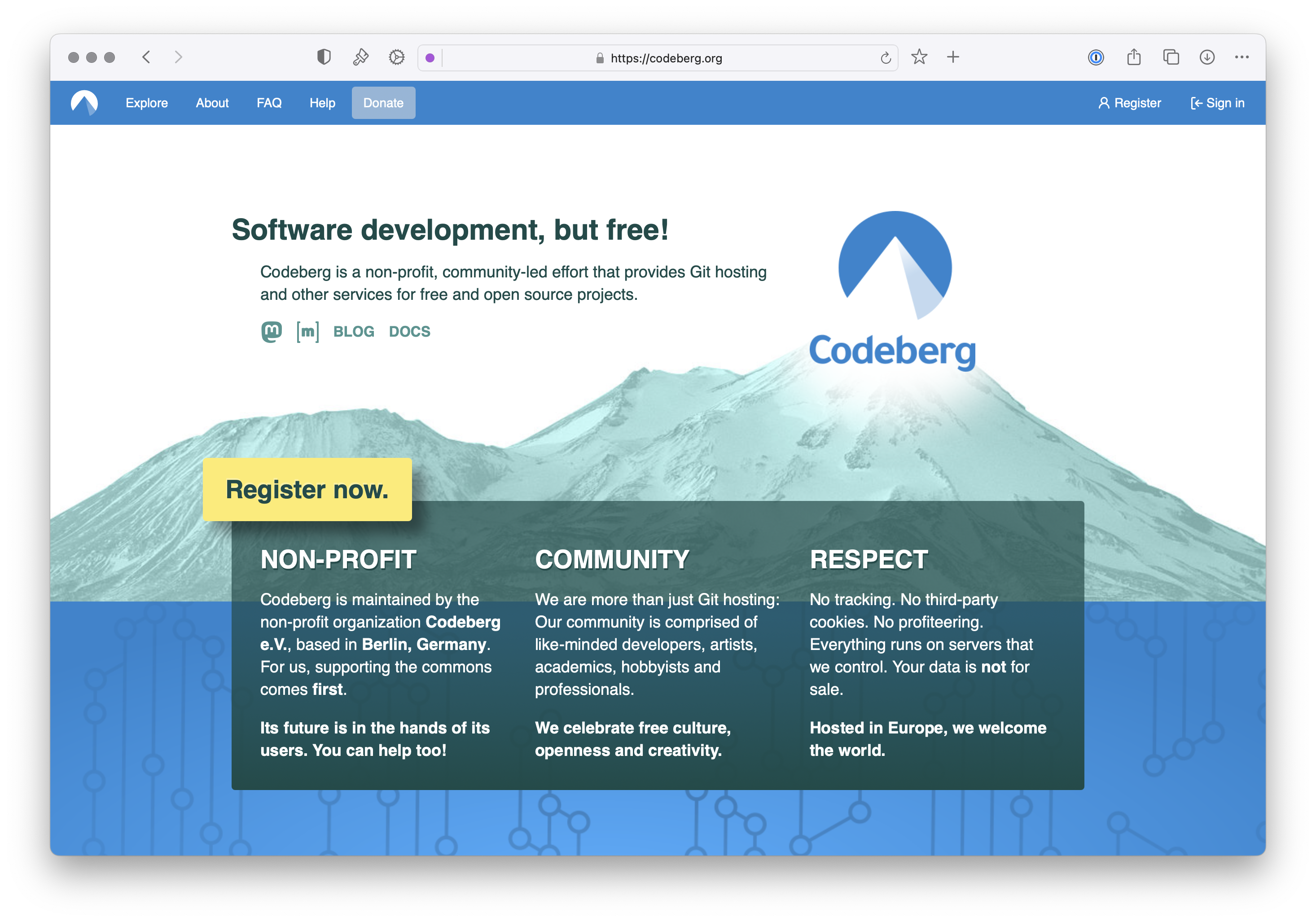
Codeberg is using Forgejo, which is build by Codeberg. Perfect example for eat your own dogfood. Besides Codeberg there are countless alternatives available using the same stack.
Static Hosting
Finally, it’s about hosting! statichost.eu is offering services to run static websites without personal data collection; from Sweden.
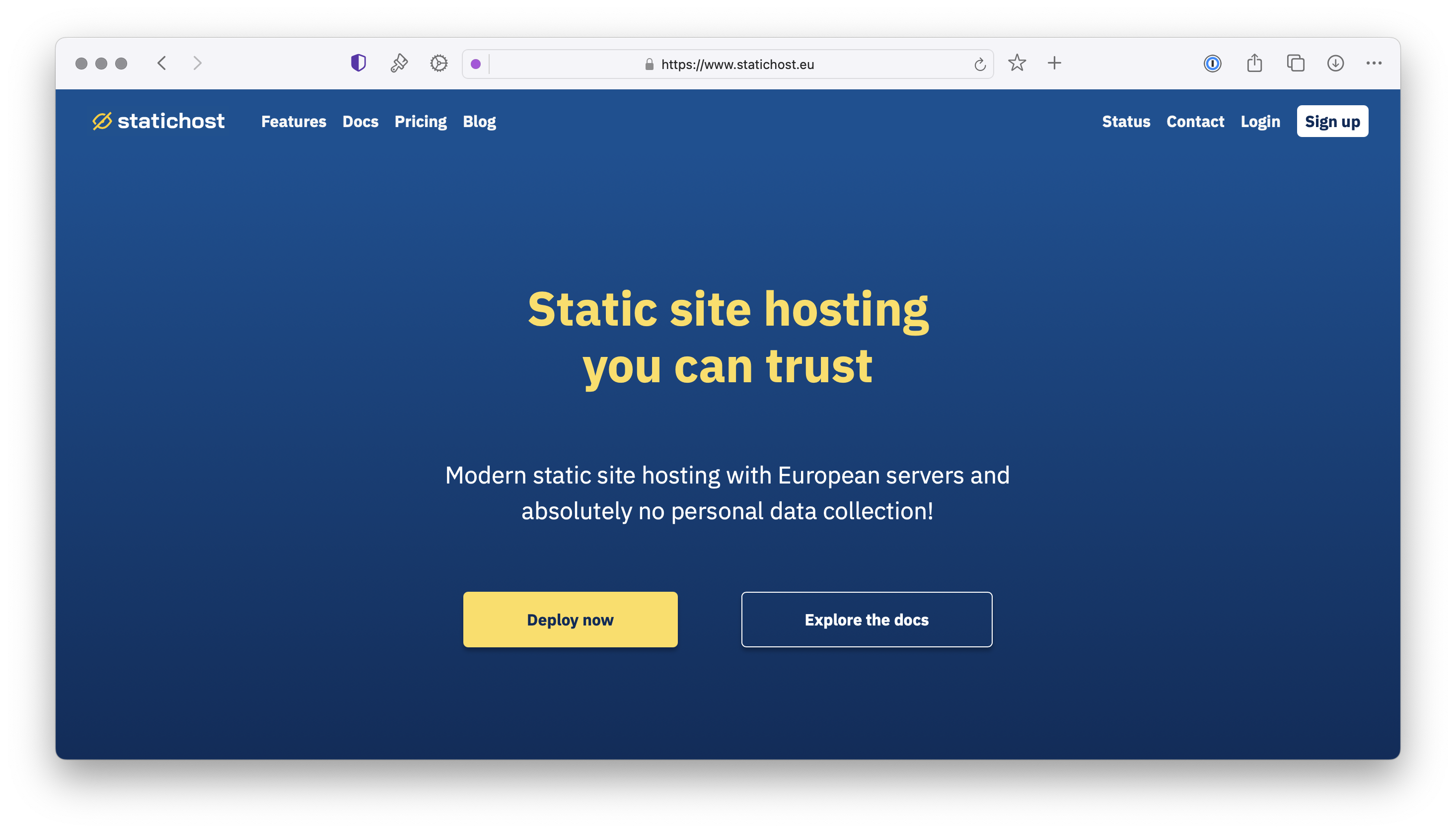
Automation
Luckily, statichost supports automatic deployments with basic HTTP requests. And Codeberg, or Forgejo in general, supports configuring webhooks as well.
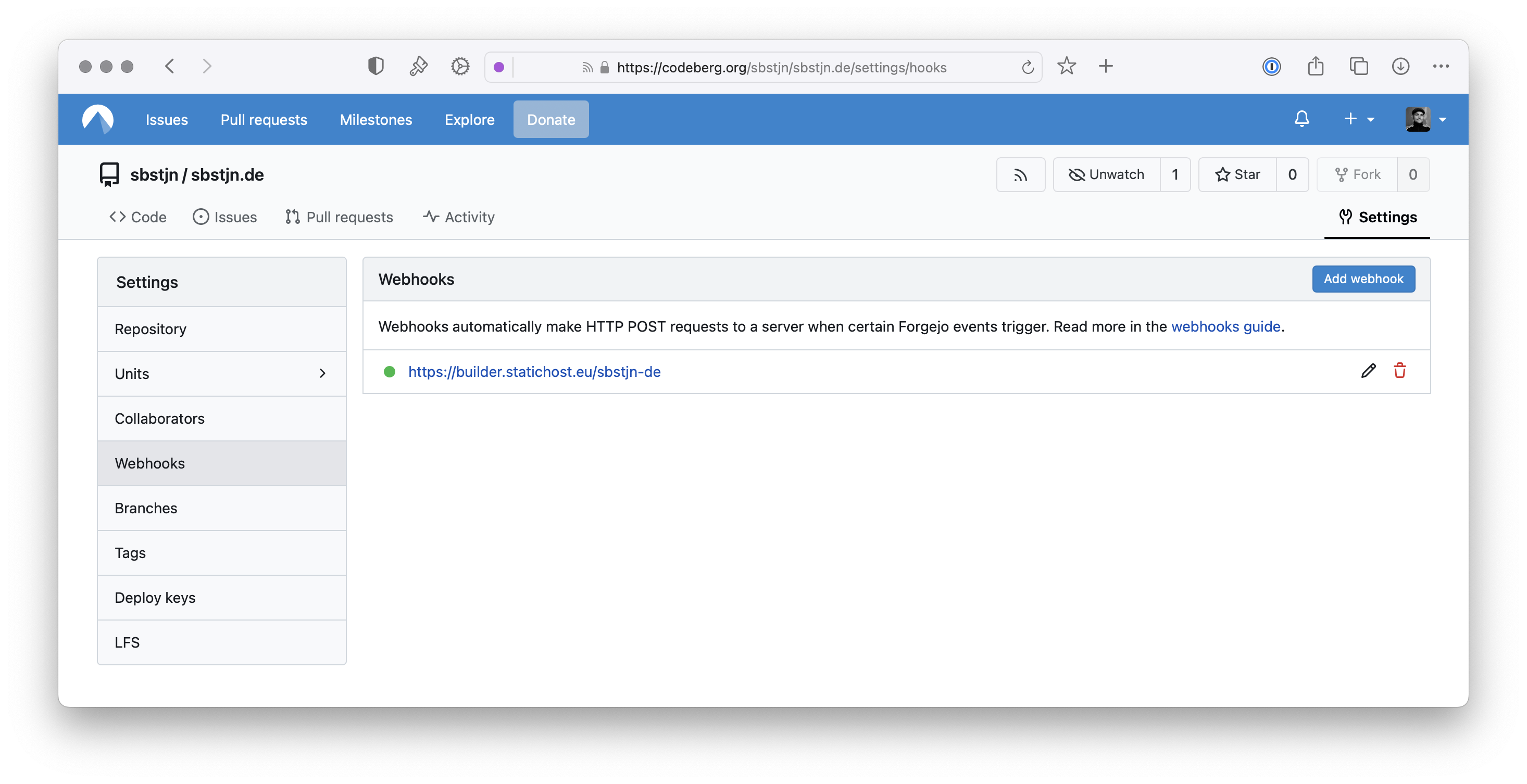
BAM, That’s it! 🎉
A static website hosted on european servers using european services and companies. The future will be interesting …
-
January 19 th, 2025
113 Words
The past days have been full of content about serverless workloads with AWS AppSync, Amazon Cognito, and AWS Fargate. This guide wraps up all scenarios and is your starting point if you want to build modern serverless applications with AWS using the Cloud Development Kit (CDK).
-
January 19 th, 2025
944 Words
The Amazon AppSync Events API was recently announced and is a new feature to use a WebSocket API for real-time communication. Based on the Amazon Cognito User Pool with Managed Login and guide for GraphQL Data API in Amazon AppSync, this guide shows you how to add real-time communication to your React application using WebSockets and the Amazon AppSync Events API with Amazon Cognito.
-
January 19 th, 2025
878 Words
The Amazon Cognito User Pool with Managed Login is a great baseline to start a new project. This guide adds an AWS AppSync GraphQL Data API to the project and shows you how to use the Amazon Cognito Access Token to authenticate against the GraphQL API using the Apollo Client in React.
-
January 17 th, 2025
977 Words
Just before AWS re:Invent 2024, Amazon Cognito released a new feature called Managed Login. Using this, Amazon Cognito will provide the fully-managed, hosted sign-in and sign-up experience for your users. This guide will show you how to configure an Amazon Cognito User Pool with a custom domain and Managed Login; all done with the AWS Cloud Development Kit (CDK).
-
January 15 th, 2025
823 Words
The Cursor AI Code Editor is my default editor these days for writing code. As with other code companions, Cursor offers a chat-like interface to interact with your codebase and their AI services. More important, Cursor supports project-specific customizations; using a file in your project root.
-
January 12 th, 2025
820 Words
Amazon Fargate is great for running containers without having to manage the underlying infrastructure. Using AWS Code Pipeline, you can update your running Fargate service whenever you push a new container version to the Amazon Container Registry.
-
January 12 th, 2025
861 Words
Based on running a serverless container with Fargate, we want to add automated DNS failover handling with Route 53. Whenever the health check for the Fargate service on Amazon ECS fails, the DNS records point to a static website on Amazon S3; served with CloudFront.




